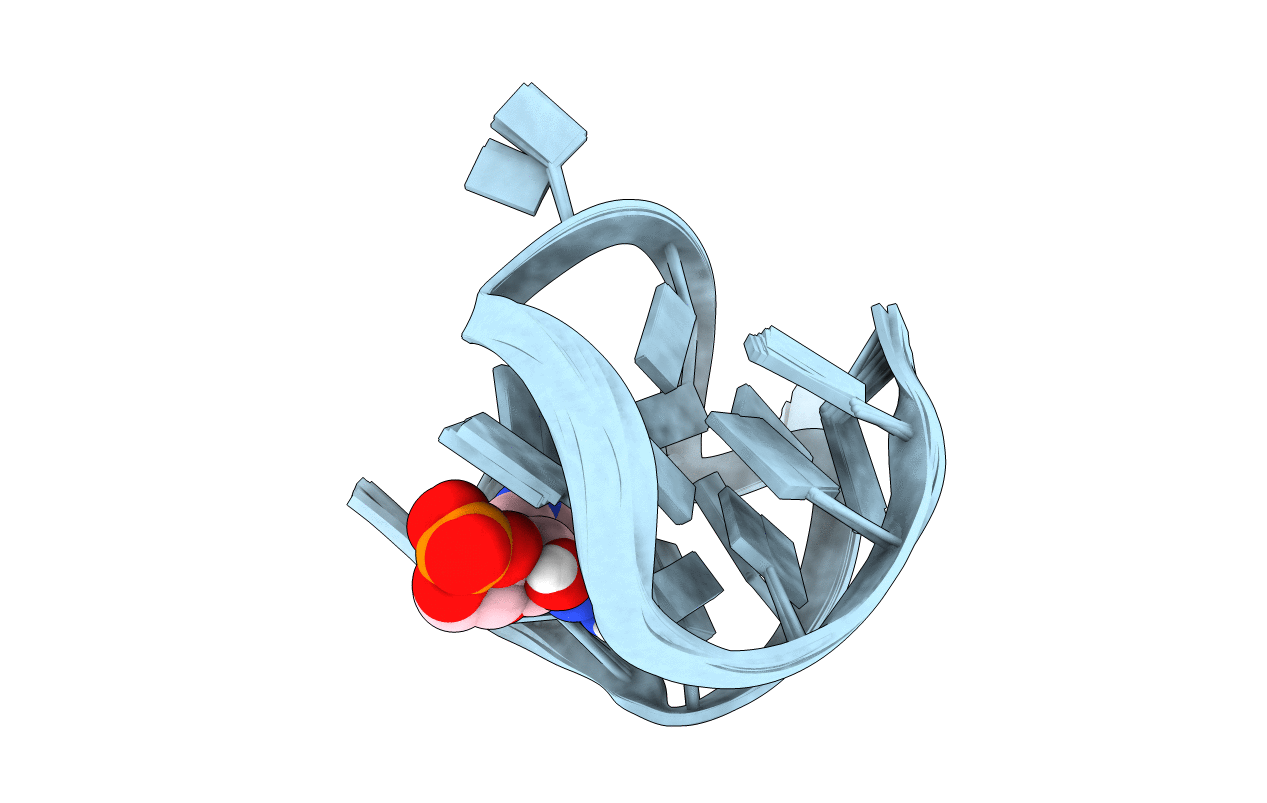
Deposition Date
2021-12-29
Release Date
2022-05-18
Last Version Date
2024-05-15
Entry Detail
PDB ID:
7WGW
Keywords:
Title:
NMR Solution Structure of a cGMP Fill-in Vacancy G-quadruplex Formed in the Oxidized BLM Gene Promoter
Biological Source:
Source Organism:
synthetic construct (Taxon ID: 32630)
Method Details:
Experimental Method:
Conformers Calculated:
100
Conformers Submitted:
10
Selection Criteria:
structures with the lowest energy


